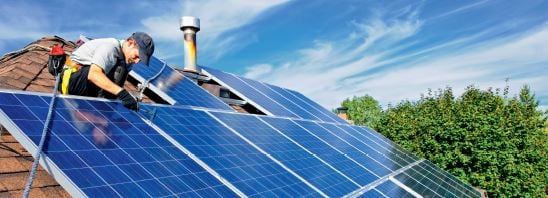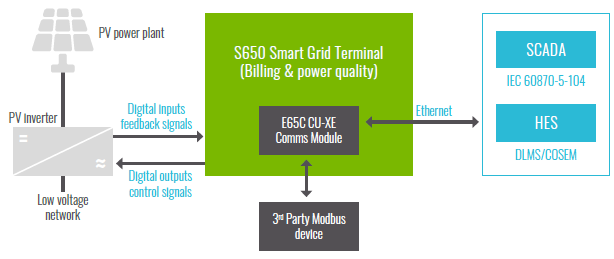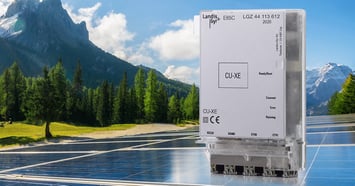 2022 was a record year for renewable capacity at 340GW and electricity generated by photovoltaics alone is expected to grow 15% per year until 2030 according to the International Energy Agency. However, integrating PV plants comes with challenges for both grid operators and plant operators. Grid edge intelligence and remote DER control can help protect, automate and balance our increasingly dynamic networks.
2022 was a record year for renewable capacity at 340GW and electricity generated by photovoltaics alone is expected to grow 15% per year until 2030 according to the International Energy Agency. However, integrating PV plants comes with challenges for both grid operators and plant operators. Grid edge intelligence and remote DER control can help protect, automate and balance our increasingly dynamic networks.
The trouble with solar
PV plants and solar rooftops bring decentralized, intermittent and unpredictable power contributions to the grid. Varying power output translates into voltage fluctuations and harmonics that influence the low-voltage network. This causes a problem for utilities’ grid management and operations. Voltage fluctuations result in poor power quality, which is another challenge for DSOs. On one side, they are obliged to meet the requirements according to EN 50160, on the other, they have to make sure end-consumers are satisfied.
A balancing act for Grid operators
The increasing decentralization in the low voltage (LV) network system has a profound impact on utilities’ operations and DSOs need to make numerous decisions every day to keep the network in operation. Consequently, energy utilities must look for new ways to ensure grid stability, security of supply and a high level of customer satisfaction.
Maximizing PV plant efficiencies and revenues
Besides DSOs/grid operators the owners and operators of PV plants are also key stakeholders. With the early incentives for renewable energy generation (called feed-in tariffs) ending, retailers and PV plant owners/operators will need to maximize the plants’ revenue while simultaneously fulfilling DSO requirements around the connection point to the network.
Voltage control for PV plants
An effective voltage control solution can help balance the grid, maximize plant revenues and fulfill regulatory requirements. Fast decision making and short reaction times to issues at the edge would:
1. eliminate the need for DSOs to take a PV plant offline for causing power quality issues in the network.
2. help DSOs manage existing renewable energy resources better and accelerate DER integration.
3. help DSOs and plant operators address voltage issues at the edge quickly ensuring not only better quality of supply, but also optimal operation to maximize plant revenues
Stadtwerk Winterthur's smart DER control
When Stadtwerk Winterthur was expanding their renewable energy footprint in Switzerland, they needed to optimize its electricity network for solar energy integration and to ensure stable energy flows, consistent power quality and a balanced grid. Using Landis+Gyr’s S650 Smart grid terminal with E65C RTU module they implemented an all-in-one metering, control and PQ monitoring solution that offered complete visibility and control of their PV plants. Voltage regulation was achieved using a custom script developed on the E65C’s Linux platform, that compared grid voltage values against pre-set thresholds and triggered corrective actions towards the PV inverter via digital outputs of the S650.

Intelligence and control- edge to enterprise
Proactively managing the grid requires reliable data on energy measurements, quality of supply, and the ability to regulate grid voltages accordingly. When done right grid-edge intelligence from smart metering infrastructure can not only ensure data driven decision but also help in automating grid processes so problems are solved when and where they appear.
Want to learn more or implement your own DER management solution?



.jpeg?width=120&height=120&name=Anoop_Gangadharan%20(1).jpeg)


